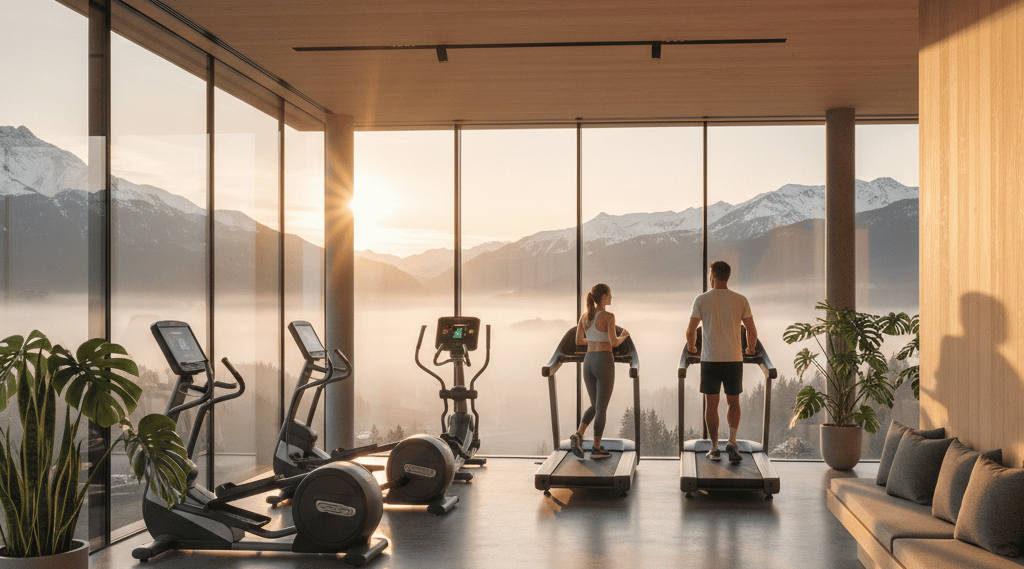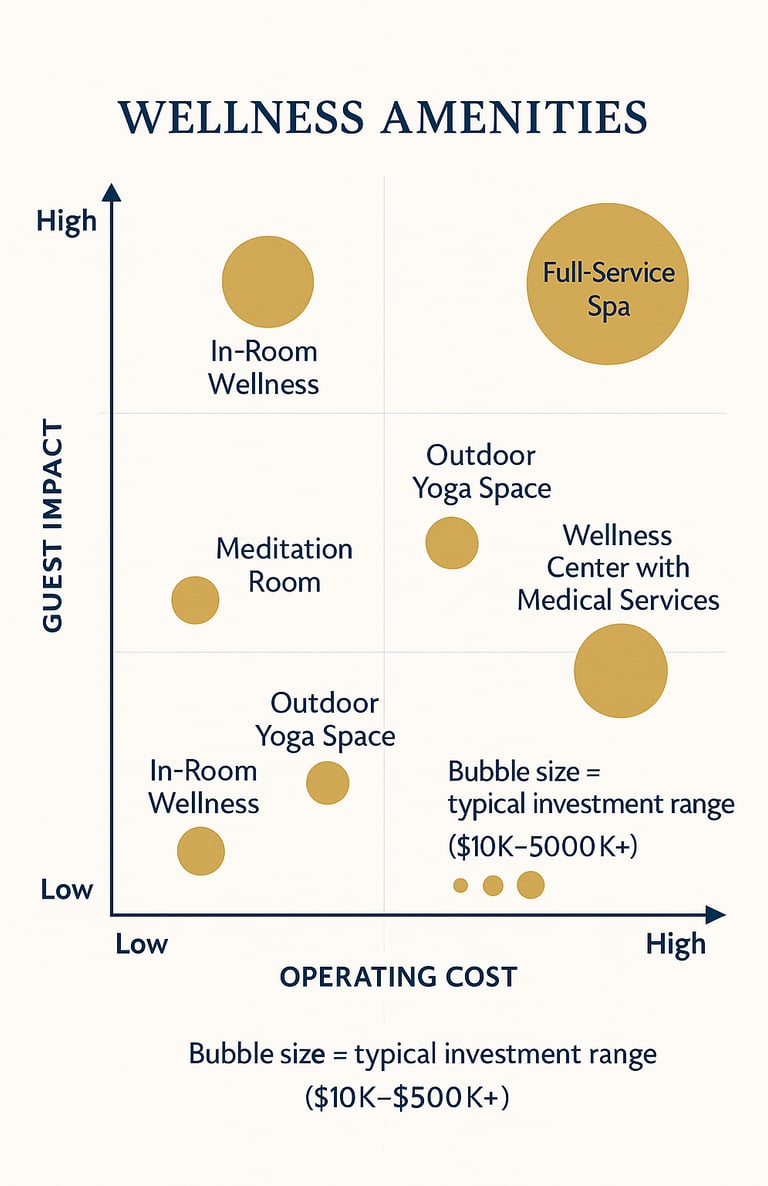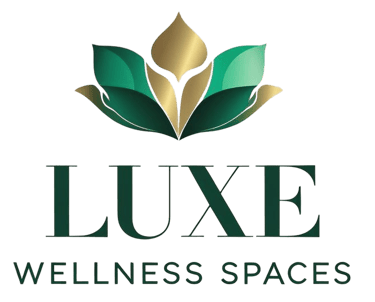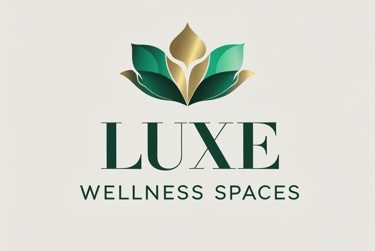Hotel Wellness ROI: Proven Revenue Impact
Wellness amenities can boost hotel revenue by 61%, but costs matter. Learn which features deliver real ROI and avoid expensive mistakes.
Daryn Berriman
9/30/20256 min read


Hotel wellness amenities can significantly increase revenue when implemented strategically. Wellness travelers spend 61% more than average tourists and stay longer, but comprehensive facilities require careful cost management. The highest ROI comes from focused investments in spa services, fitness centers, and in-room wellness features rather than expensive, large-scale operations.
Key Facts:
Wellness travelers spend 61% more per trip than standard tourists (GOCO Hospitality, March 2024)
Smaller wellness hotels saw higher revenue growth in 2023 than major wellness operations due to leaner cost structures (Hospitality Net, August 2023)
Comprehensive wellness amenities increase average guest spend and extend length of stay (GOCO Hospitality, March 2024)
High-ROI features include spa services, fitness areas, and in-room wellness amenities with moderate operating costs (Hospitality Net, November 2023)
Wellness offerings must balance guest appeal against operating costs including staffing and energy expenses (Hospitality Net, November 2023)
You're considering a spa. Maybe a meditation room. Perhaps a full wellness center. But here's the question keeping you up at night: will these investments actually pay off, or are you about to sink money into fancy amenities that guests barely use?
Let's look at what the numbers actually tell us.
Wellness amenities can deliver substantial returns when you choose the right features. Data shows wellness travelers spend 61% more than typical tourists and tend to book longer stays. That's real money. However, the catch is cost management. Hotels with extensive wellness facilities face higher operating expenses for staff, maintenance, and energy. Interestingly, smaller-scale wellness hotels outperformed properties with major wellness operations in 2023 revenue growth, precisely because they kept costs lean (Hospitality Net, August 2023). The winning strategy? Focus on high-impact, moderate-cost amenities like spa services, well-equipped fitness centers, and in-room wellness touches rather than building sprawling facilities that drain your bottom line (Hospitality Net, November 2023).
The Business Case: Where Wellness Actually Pays
Think of wellness amenities in three tiers. The first tier, your foundation, includes fitness centers and basic spa services. These typically deliver strong returns because guests expect them, and they drive bookings. Your middle tier covers specialized offerings like yoga studios, healthy restaurant menus, and wellness concierge services. These differentiate your property and justify premium rates. The top tier encompasses comprehensive wellness centers with medical spa services, extensive treatment menus, and dedicated wellness staff.
Here's where it gets interesting. A 150-room boutique hotel in Colorado added a 2,000-square-foot wellness center with four treatment rooms, a yoga space, and upgraded fitness equipment. Investment: $800,000. Within 18 months, they saw the average daily rate increase by 22%, occupancy rise by 8%, and ancillary spa revenue hit $450,000 annually. Their wellness programming also extended average stays from 2.3 to 3.1 nights. The ROI penciled out to payback in under three years.
The Contrarian View: When Wellness Doesn't Work
Not every wellness investment succeeds. A major resort chain discovered this when they built elaborate spa facilities at several properties, only to see inconsistent utilization. The problem? They didn't align amenities with guest profiles. Business travelers wanted quick, efficient fitness options and express spa services, not elaborate day-spa experiences. Resort guests wanted family-friendly wellness activities, not adult-only meditation retreats.
The lesson: wellness features must match your actual guest base, not an idealized version of who you wish would book.
High-ROI Wellness Features Checklist
Apply this framework to your property:
Fitness Centers - Essential baseline. Modern equipment, 24-hour access, and good lighting deliver consistent value with relatively low ongoing costs.
Spa Services - Even a small spa with 2-3 treatment rooms generates strong ancillary revenue if you maintain quality and train staff properly.
In-Room Wellness - Yoga mats, meditation apps via smart TV, air purifiers, and premium bedding create wellness appeal without major infrastructure costs.
Healthy F&B Options - Revamping 30% of your menu to include clearly marked nutritious options costs little but signals commitment to wellness-minded guests.
Outdoor Spaces - Leverage existing grounds for walking paths, outdoor yoga areas, or meditation gardens at minimal expense.
Wellness Programming - Morning stretch classes, guided hikes, or nutrition workshops add perceived value with mainly labor costs.
Try This in 5 Minutes
Step 1: Pull your last 90 days of guest feedback and search for mentions of "fitness," "spa," "wellness," or "healthy." Count positive versus negative comments.
Step 2: Calculate your current fitness center utilization. If less than 30% of guests use it, you have a marketing problem, not a facility problem.
Step 3: List three wellness features you could add for under $10,000 that align with patterns from Step 1. This becomes your pilot program.
Common Mistakes and Fixes
Mistake: Building a spa before understanding demand. Fix: Start with mobile spa services or partnerships to test interest before committing capital.
Mistake: Treating wellness as an amenity instead of a revenue center. Fix: Price spa services and wellness programming to cover costs plus profit. Free yoga classes sound nice but drain budgets.
Mistake: Copying competitors without considering your guest profile. Fix: Survey your actual guests about which wellness features matter to them specifically.
Mistake: Underestimating operating costs. Fix: Model staffing, utilities, and maintenance at 125% of estimates, then see if the numbers still work.
Mistake: Launching everything at once. Fix: Phase wellness additions over 12-18 months to manage cash flow and refine based on guest response.
Glossary
ADR (Average Daily Rate): The average rental income per occupied room, a key metric for measuring price positioning and revenue performance.
Ancillary Revenue: Income generated from services beyond room bookings, such as spa treatments, dining, and wellness programs.
RevPAR (Revenue Per Available Room): Total room revenue divided by available rooms, showing how effectively you're monetizing inventory.
Wellness Traveler: Guests who prioritize health and wellness when choosing accommodations and are willing to pay premium rates for relevant amenities.
Utilization Rate: Percentage of time an amenity or service is actively used versus available hours, critical for ROI calculation.
Operating Expense Ratio: Operating costs as a percentage of total revenue, typically higher for wellness-focused properties due to specialized staffing.
Length of Stay (LOS): Average number of nights guests book, with wellness amenities often extending this metric.
Wellness Programming: Scheduled activities like fitness classes, meditation sessions, or nutrition workshops that enhance the wellness experience.
Wellness amenities aren't a guaranteed win, but they're not a gamble either when you approach them strategically. The data is clear: the right features attract higher-spending guests who stay longer. The key is matching your investments to your guests' actual needs while keeping operating costs under control.
Start small. Test what resonates. Scale what works. Skip what doesn't.
4. FAQs
Q: What's the typical ROI timeline for hotel wellness amenities? A: Most targeted wellness investments like fitness centers and small spas show positive ROI within 18-36 months, assuming proper planning and execution. Larger wellness centers may require 3-5 years to break even, which is why many properties start smaller and expand based on demonstrated guest demand and utilization rates.
Q: Do wellness amenities justify higher room rates? A: Yes, when positioned correctly. Properties with quality wellness offerings typically command 15-25% rate premiums over comparable hotels without these features. However, the amenities must be well-maintained and actively marketed, not just listed on your website.
Q: What wellness features have the lowest operating costs? A: In-room wellness elements like yoga mats, meditation apps, and air quality improvements offer high perceived value with minimal ongoing costs. Outdoor wellness spaces and self-guided wellness programming also deliver strong returns relative to their operating expenses.
Q: How do I know if my guests actually want wellness amenities? A: Start by analyzing your current guest demographics and feedback. Survey past guests about their wellness priorities. Look at booking patterns during wellness-focused promotions. If you're attracting leisure travelers, families, or health-conscious professionals, wellness features typically resonate. Business travelers on short stays may prefer efficient fitness options over elaborate spa facilities.
Q: Should I outsource spa operations or manage in-house? A: It depends on scale and expertise. Properties with fewer than 4 treatment rooms often benefit from outsourcing to experienced spa operators who handle staffing, product selection, and training. Larger properties may prefer in-house control for brand consistency and profit retention, but this requires hiring experienced spa directors and ongoing staff development.
Q: What's the biggest mistake hotels make with wellness investments? A: Overbuilding without understanding demand. Many properties invest in comprehensive wellness centers before proving guest interest, then struggle with low utilization and high operating costs. Start with moderate investments, measure guest response, and scale based on actual usage patterns rather than aspirational projections.
Q: Can wellness amenities work for limited-service hotels? A: Absolutely. Limited-service properties can focus on high-impact, low-cost options like 24-hour fitness centers, healthy grab-and-go food options, in-room wellness amenities, and partnerships with local studios or spas. These approaches add wellness appeal without requiring full-service infrastructure or extensive staffing.
Q: How do I measure wellness amenity performance beyond occupancy? A: Track multiple metrics including amenity utilization rates, ancillary revenue per occupied room, average length of stay, guest satisfaction scores specific to wellness features, and percentage of repeat guests who book wellness services. Also monitor your cost-to-revenue ratio for each wellness offering to identify which features deliver the best returns.


Do you require specialist assistance with a new wellness project, or seeking to improve the operation of your existing space? Book a free strategy call and let's map out which wellness investments will actually move your revenue numbers.
Further reading on our blog: 'Design Integrated Wellness Programs for Resorts'
• Explore our Spa & Wellness Consultancy to scope project phases and services.
• See how we structure Fitness and Leisure concepts before you commit to equipment.
• Developers and luxury homeowners can review Home Wellness Spaces for private suites and villas.
• Learn why Luxe Wellness Spaces blends design, operations, and growth under one roof.
• View a Concept-to-Launch case study that hit break-even in 90 days.
About The Author
Daryn Berriman is the Founder and Principal Consultant of Luxe Wellness Spaces, a consulting-led studio blending operational expertise and design excellence to create wellness businesses that perform, and spaces that guests love.


